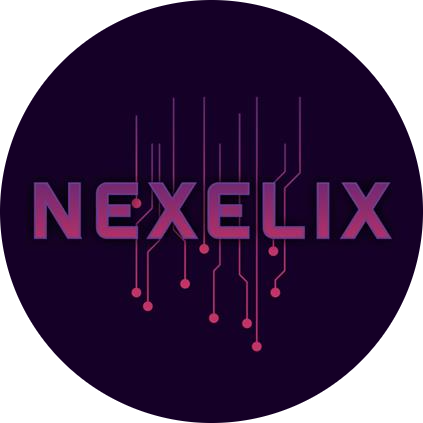Preparing awesome experience…

Cross-Platform vs Native Apps: What’s Best?
Date: Sep 03, 2025 • Read Time: 7 min • By: Nexelix Tech
Choosing between cross-platform frameworks (Flutter, React Native) and native development (Swift for iOS, Kotlin for Android) affects your app’s performance, time-to-market, and total cost of ownership. In this guide, Nexelix Tech breaks down the trade-offs so you can pick the right path for your product and roadmap.
Quick Summary
- Cross-platform = one codebase for iOS + Android → faster launch, lower cost, near-native UX for most use cases.
- Native = platform-specific code → best performance, deepest API access, ideal for complex graphics, sensors, or OS-tight integrations.
When Cross-Platform Wins
- Speed to market matters: MVPs, pilots, or startup launches where learning fast beats micro-optimizing performance.
- Feature parity across platforms: You need iOS and Android to look/behave consistently with one product team.
- Budget efficiency: One codebase reduces engineering and maintenance costs.
- Modern UI with good performance: Flutter’s Skia rendering or React Native with native widgets can deliver smooth, high-quality UIs for most apps.
When Native Is the Right Call
- Performance-critical experiences: High-FPS animations, games, real-time media processing, AR, or heavy offline compute.
- Deep platform integrations: Advanced Bluetooth stacks, CarPlay/Android Auto, complex background services, OS-level security modules.
- Platform-first UX: Taking full advantage of the latest iOS/Android design patterns and new APIs on day one.
- Massive scale + longevity: If your team already has mature iOS/Android codebases and specialists, native can be simpler operationally.
Frameworks at a Glance
- Flutter: Fast UI rendering with its own engine, highly consistent look across devices, rich widgets, excellent for pixel-perfect designs.
- React Native: Uses native components with a JS bridge, great ecosystem and developer velocity, plus options like TurboModules/JSI for performance.
- Swift/Kotlin (Native): Maximum access to platform APIs, minimal abstraction, best for performance and OS-specific features.
Performance, Costs, and Team
- Performance: Native still wins at the edge. Flutter/React Native perform great for typical business apps; choose native if you’re pushing hardware.
- Total Cost of Ownership: Cross-platform usually lowers build + maintenance costs by ~25–40% vs maintaining two native apps.
- Team Skills: Cross-platform lets one team ship both platforms; native demands separate expertise (or a larger team).
Security & Compliance
Both approaches can meet enterprise security (secure storage, code obfuscation, device attestation). If you rely on niche security hardware/APIs, native gives you fewer constraints and earlier access to OS security features.
Offline, Devices, and Native Modules
Need robust offline sync, custom sensors, or device-level features? Cross-platform supports native modules—so you can keep a shared codebase while writing small native bridges for specialized needs.
A Practical Decision Framework
- Go Cross-Platform if your priorities are: launch fast, keep costs lean, same features on iOS/Android, standard device access.
- Go Native if your priorities are: maximum performance, cutting-edge OS APIs, advanced background work, or graphics-intensive UX.
- Hybrid Strategy: start cross-platform for core flows, add native modules where needed, or migrate hot paths to native over time.
How Nexelix Tech Helps
We audit your product goals, performance needs, team capacity, and budget to recommend the right stack. Whether it’s Flutter, React Native, or pure Swift/Kotlin, we architect for scalability, clean module boundaries, and future-proof releases.
Not sure which route fits your app? We can run a 1-week technical spike to validate performance, build a UI slice, and produce an informed plan.


